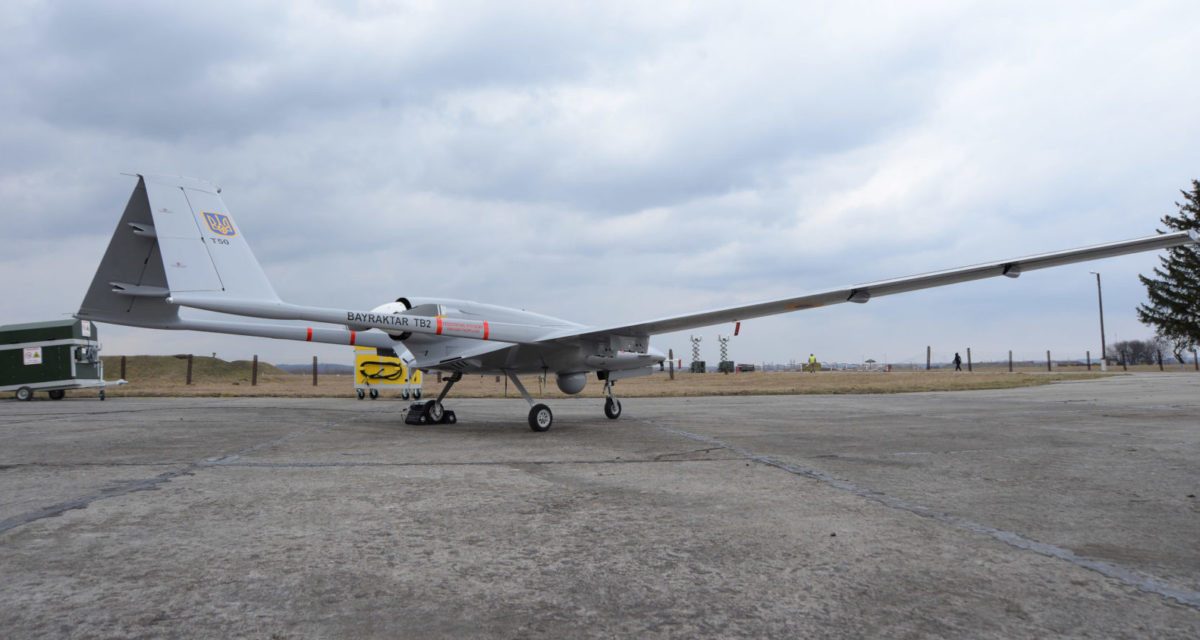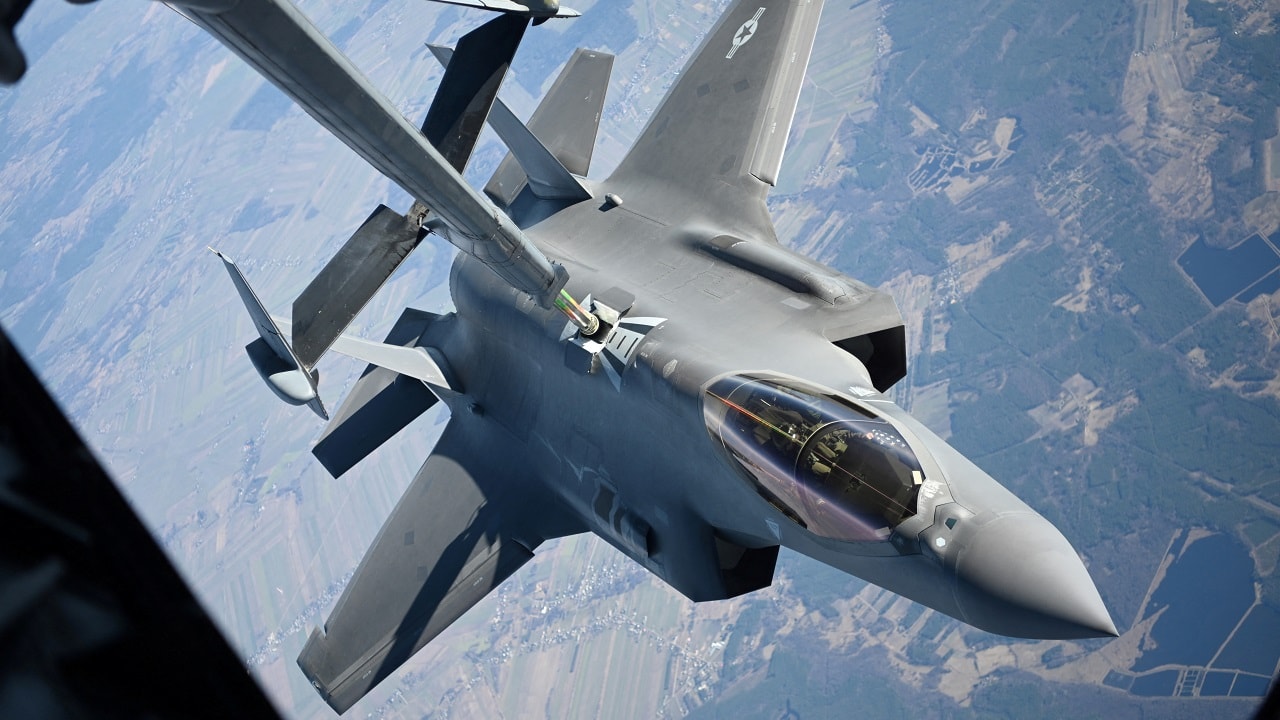GABRIEL HONRADA

China has ramped up practicing hypersonic missile assaults on US warships and bases, as recent satellite photos of mock targets in Xinjiang’s Taklamakan Desert show.
Satellite photos released by the US Naval Institute this week show a string of large mock targets on the eastern edge of the desert that simulate warships such as aircraft carriers, destroyers, and naval bases.
The configuration, remote location and impact craters on the targets mean that they were meant for testing China’s hypersonic anti-ship ballistic missiles (ASBMs), an increasingly dangerous threat to US warships in the Pacific.





